Resources

In Safe Hands describes the evolution of voluntary service learning for teachers in the developing world. Hope One World (HOW), a charity of Liverpool Hope University, has provided needs-based service education for teachers in SOS schools in Africa, India and Sri Lanka for 20 years. The book is both uplifting and practical. Written by staff and students who took part in projects, it describes the inception of the charity and how it has developed. Each chapter starts with a pen portrait of a person who played a key role in a project, then discusses common issues such as: the collaborative development with Liverpool Hope staff of courses by the overseas teachers for their own staff; the opportunity for students to live in a safe environment for a month with the children and staff in schools in Africa, India or Sri Lanka and have a structured experience of work placement; accountability to the main funding agency; and HOW's passionate engagement with issues of social justice. Co-published by Trentham with Hope One World, winner of the Queen's Anniversary Award for service learning. (From the Publisher)
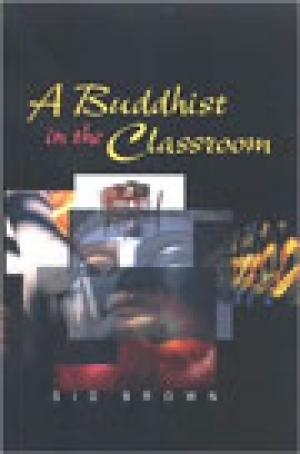
Sid Brown brings a Buddhist perspective into the classroom to explore the ethical quandaries, lived experiences and intimacy of teaching. Addressing such topics as attention, community, rage, wonder, consumerism, and kindness, Brown demonstrates how this centuries-old tradition can enrich and inform classroom life. (From the Publisher)
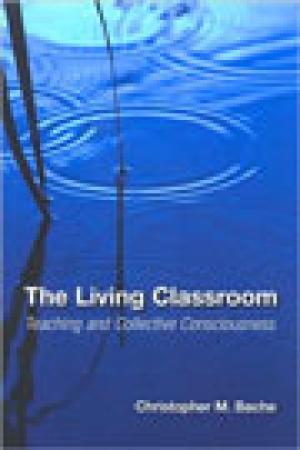
Describes the emergence of powerful fields of consciousness that influence students’ learning and personal transformation. This pioneering work in teaching and transpersonal psychology explores the dynamics of collective consciousness in the classroom. Combining scientific research with personal accounts collected over thirty years, Christopher M. Bache examines the subtle influences that radiate invisibly around teachers as they work—unintended, cognitive resonances that spring up between teachers and students in the classroom. While these kinds of synchronistic connections are often overlooked by traditional academics, Bache demonstrates that they occur too frequently and are too pointed to be dismissed as mere coincidence. Drawing upon Rupert Sheldrake’s theory of morphic fields, Bache proposes that well-taught courses generate “learning fields” around them, forms of collective consciousness that can trigger new insights and startling personal transformations. Moving beyond theory, this book is rich with student stories and offers practical, hands-on strategies for teachers who want to begin working with these learning fields to take their teaching to a more conscious level. (From the Publisher)
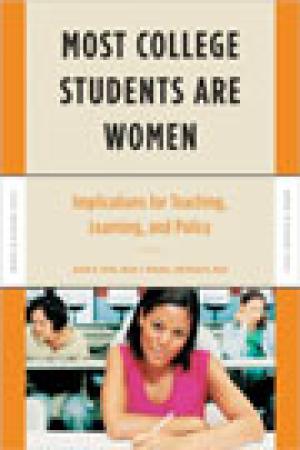
* Reveals continuing barriers to success for women students * Offers remedies that will benefit all students What are the realities behind recent press reports suggesting that women students have taken over higher education, both outnumbering males and academically outperforming them? Does women's development during college diverge from the commonly accepted model of cognitive growth? Does pedagogy in higher education take into account their different ways of knowing? Are there still barriers to women's educational achievement? In answering these questions, this book's overarching message is that the application of research on women's college experiences has enriched teaching and learning for all students. It describes the broad benefits of new pedagogical models, and how feminist education aligns with the new call for civic education for all students. The book also examines conditions and disciplines that remain barriers for women's educational success, particularly in quantitative and scientific fields. It explores problems that arise at the intersection of race and gender and offers some transformative approaches. It considers the impact of the campus environment—such as the rise of binge drinking, sexual assault, and homophobic behaviors—on women students' progress, and suggests means for improving the peer culture for all students. It concludes with an auto-narrative analysis of teaching women's studies to undergraduates that offers insights into the practicalities and joys of teaching. At a time when women constitute the majority of students on most campuses, this book offers insights for all teachers, male and female, into how tohelp them to excel; and at the same time how to engage all their students, in all their diversity, through the application of feminist pedagogy. (From the Publisher)
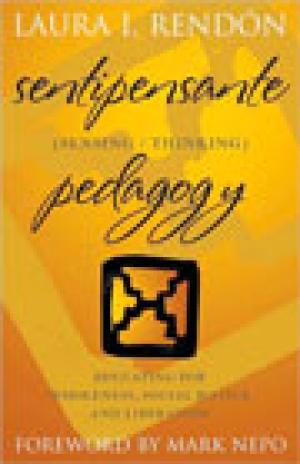
* An inspirational and holistic approach to teaching by a renowned Latina scholar * Defines seven steps to unlocking the potential of teachers and their students * Deeply informed by the author's educational journey as a minority woman from a background of rural poverty Laura Rendon is a scholar of national stature, known for her research on students of color and first-generation college students, and on the factors that promote and impede student success. The motivation for the quest that Laura Rendon shares in this book was the realization that she, along with many educators, had lost sight of the deeper, relationship-centered essence of education, and lost touch with the fine balance between educating for academics and educating for life. Her purpose is to reconnect readers with the original impulse that led them to become educators; and to help them rediscover, with her, their passion for teaching and learning in the service of others and for the well being of our society. She offers a transformative vision of education that emphasizes the harmonic, complementary relationship between the sentir of intuition and the inner life, and the pensar of intellectualism and the pursuit of scholarship; between teaching and learning; formal knowledge and wisdom; and between Western and non-Western ways of knowing. In the process she develops a pedagogy that encompasses wholeness, multiculturalism, and contemplative practice, that helps students transcend limiting views about themselves; fosters high expectations, and helps students to become social change agents. She invites the reader to share her journey in developingsentipensante pedagogy, and to challenge seven entrenched agreements about education that act against wholeness and the appreciation of truth in all forms. She offers examples of her own teaching and of the classroom practices of faculty she encountered along the way; as well as guidance on the challenges, rewards and responsibilities that anyone embarking on creating a new vision of teaching and learning should attend to. Though based on the author's life work in higher education, her insights and approach apply equally to all teaching and learning contexts. (From the Publisher)
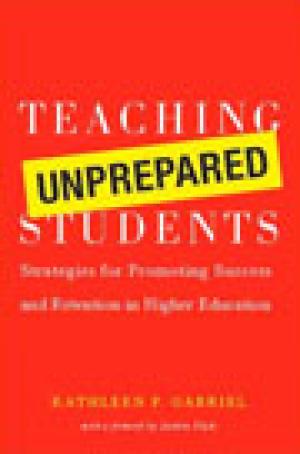
As societal expectations about attending college have grown, professors report increasing numbers of students who are unprepared for the rigors of postsecondary education—not just more students with learning disabilities (whose numbers have more than tripled, but students (with and without special admission status who are academically at-risk because of inadequate reading, writing and study skills. This book provides professors and their graduate teaching assistants—those at the front line of interactions with students—with techniques and approaches they can use in class to help at-risk students raise their skills so that they can successfully complete their studies. The author shares proven practices that will not only engage all students in a class, but also create the conditions—while maintaining high standards and high expectations—to enable at-risk and under-prepared students to develop academically, and graduate with good grades. The author also explains how to work effectively with academic support units on campus. Within the framework of identifying those students who need help, establishing a rapport with them, adopting inclusive teaching strategies, and offering appropriate guidance, the book presents the theory teachers will need, and effective classroom strategies. The author covers teaching philosophy and goals issues of discipline and behavior motivation and making expectations explicit classroom climate and learning styles developing time management and study skills as well as the application of "universal design" strategies. The ideas presented here—that the author has successfully employedover many years—can be easily integrated into any class. (From the Publisher)
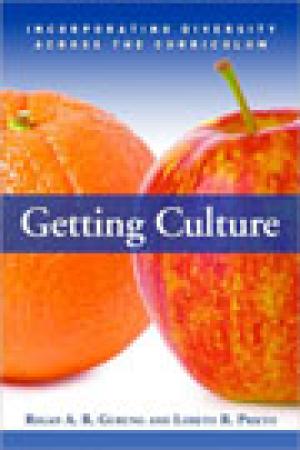
How do we educate our students about cultural diversity and cultural differences, and eliminate cultural ignorance, stereotyping, and prejudice? What are the conceptual issues involved in reaching this goal? How can we integrate these perspectives in disciplinary and diversity courses, and the curriculum? This book is a resource for answering these questions. Within the framework of current scholarship and discussion of essential concepts, it offers practical techniques, and empirically proven "best practices" for teaching about diversity. The book opens with a conceptual framework, covering such issues as distinguishing teaching to a diverse audience from teaching about diversity and contrasting the incorporation of culture across the curriculum with tokenistic approaches. Subsequent chapters identify classroom practices that can optimize students' learning, especially those from culturally diverse backgrounds; describe feminist principles of education that that promote learning for all students; and address principles of effective on-line instruction for diverse populations. The book is intended for faculty integrating diversity into existing courses, and for anyone creating courses on diversity. The ideas and suggestions in the text can be incorporated into any class that includes a discussion of diversity issues or has a diverse student enrollment. The contributors offer pragmatic and tested ways of overcoming student misconceptions and resistance, and for managing emotional responses that can be aroused by the discussion of diversity. The editors aim to stimulate readers' thinking and inspire fresh ideas. The book further provides teachers ofdiversity with a range of effective exercises, and attends to such issues as teacher stress and burnout. This book can also serve to inform and guide department chairs and other administrators in the design and implementation of diversity initiatives. (From the Publisher)
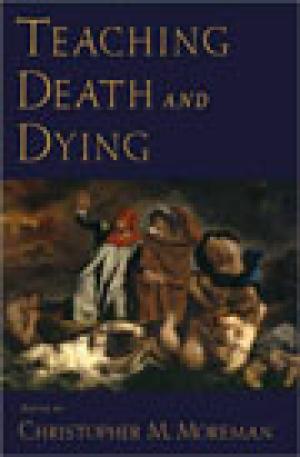
AAR Teaching Religious Studies Series (Oxford University Press) The academic study of death rose to prominence during the 1960s. Courses on some aspect of death and dying can now be found at most institutions of higher learning. These courses tend to stress the psycho-social aspects of grief and bereavement, however, ignoring the religious elements inherent to the subject. This collection is the first to address the teaching of courses on death and dying from a religious-studies perspective. The book is divided into seven sections. The hope is that this volume will not only assist teachers in religious studies departments to prepare to teach unfamiliar and emotionally charged material, but also help to unify a field that is now widely scattered across several disciplines. (From the Publisher)
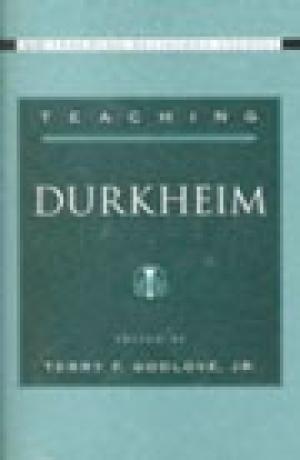
AAR Teaching Religious Studies Series (Oxford University Press) Emile Durkheim's work on religion occupies a central place in religious studies classrooms today. At the undergraduate level, Durkheim is widely taught in large Introduction to Religion courses and in upper division seminars in "theory and method." His work is also taught in graduate Religious Studies departments of all stripes, from those grounded in the social sciences to those rooted in phenomenology and history of religions. This diverse classroom use within religious studies is reproduced in neighboring disciplines, where Durkheim's work on religion is regularly introduced in courses in sociology, anthropology, history, and philosophy, as well as in such interdisciplinary programs as Jewish studies and women's studies. This volume is designed as a resource for teachers and students of Durkheim on religion, providing practical advice about productive ways to approach central texts and difficult pedagogical issues. It represents diverse points of views and a range of disciplines. The essays in Part One address large issues arising from the whole of Durkheim's work on religion, such as what material to assign in what sorts of courses, and on how to present the material to students of varying background and motivation. Part Two turns to context, with essays assessing the available English translations of the Elementary Forms of Religious Life, and exploring how to teach the historical, critical, and biographical framework of Durkheim's work on religion. Part Three takes up questions of how to incorporate Durkheim's work in courses concerned with ethics, gender studies, and social theory. (From the Publisher)
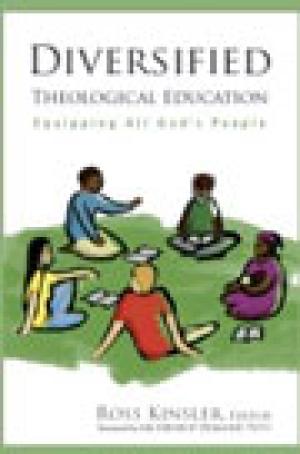
The central concern of Diversified Theological Education, which includes Theological Education by Extension, is access. TEE and DTE models have made enormous progress in the urgent task of equipping all God's people for ministry. Ross Kinsler has compiled in this anthology important case studies of the diverse means of contemporary theological education. (From the Publisher)